Garden Glossary: Gardening Terms Beginners Should Know
Here are some common gardening terms to get you started
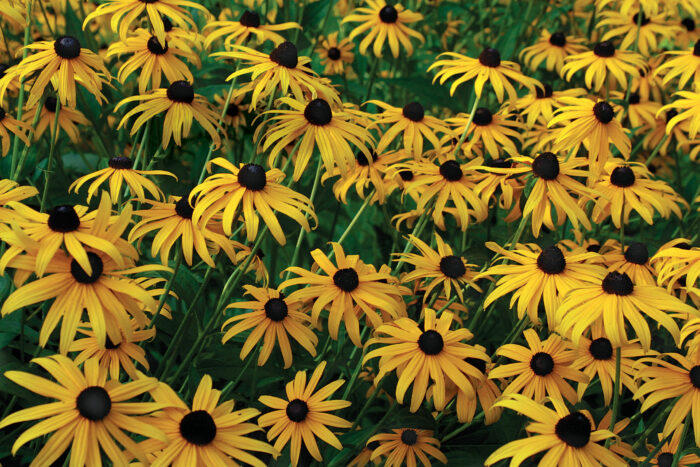
Here are some common gardening terms you may run across as you explore garden centers and plan your garden. Understanding what each term means will help you to pick the best plants for your goals. For example, gardeners will often use annuals in container designs or in hanging baskets due to their short life cycle. With good care, perennials will come back every year, and so should be accounted for in the overall design of your garden. Learn designations describing plant behaviors, forms, and more below.
Plant life cycles
Plants are categorized by their expected life cycle. Some plants grow and mature from year to year, while others mature during the course of one season and then die off.
Plant behavior types
| Native plants. Although you’ll frequently see this term pop up in gardening textbooks, websites, and magazines, there is not a firm consensus on what the definition of “native plant” actually is. Some say it’s a population of plants within a defined geographic area that exists there without being introduced by humans. Others define it as a species of plant within a particular ecosystem that is not a result of an introduction and that historically occurred, or currently occurs, in that ecosystem. Things get a little dicey when it comes to determining what constitutes an “introduction” and what exactly is meant by “historically occurred.” The Lady Bird Johnson Wildflower Center in Austin, Texas, offers this succinct definition: a plant that occurs naturally in the place where it evolved. |
 |
| Aggressive plants have the potential to take over a section of your garden and make your life miserable. They may seed all over or send tenacious vines in every direction, making them more of a weed than an ornamental plant. Golden creeping Jenny (Lysimachia nummularia ‘Aurea’, Zones 4–8) is often considered to be one of those plant thugs. |
 |
| Invasive plants are plants gone wild. They escape the garden and threaten the habitats of native plants. A plant may be an invasive species in one area of the country and benign in another. English ivy (Hedera helix and cvs., Zones 5–11) is a good example; it is a terror in the northwestern United States but is well behaved in other parts of the country. |
 |
Plant forms
The terms below can help you plan your garden’s structure. Some plants, such as trees and shrubs, keep their “framework” throughout the season. Some of these plants can help to provide winter interest by lending beautiful bark and elegant forms to the garden during the cold season. Herbaceous plants die at the end of the growing season and will either grow back in spring (perennial) or will need to be regrown from seed or repurchased and planted (annual).
Leaf markings
Some plants have interesting foliage features, such as variegation. These plants are often prized for adding variety to the garden and breaking up the “sea of green.”
Types of trees and shrubs
Also known as “woodies,” trees and shrubs are considered nonherbaceous perennials. Some woodies are evergreen, and go throughout the cool season, whereas deciduous woodies lose their leaves in the fall and winter and then revive in the spring.
Fine Gardening Recommended Products
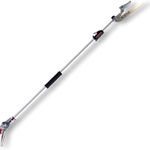
ARS Telescoping Long Reach Pruner
Fine Gardening receives a commission for items purchased through links on this site, including Amazon Associates and other affiliate advertising programs.
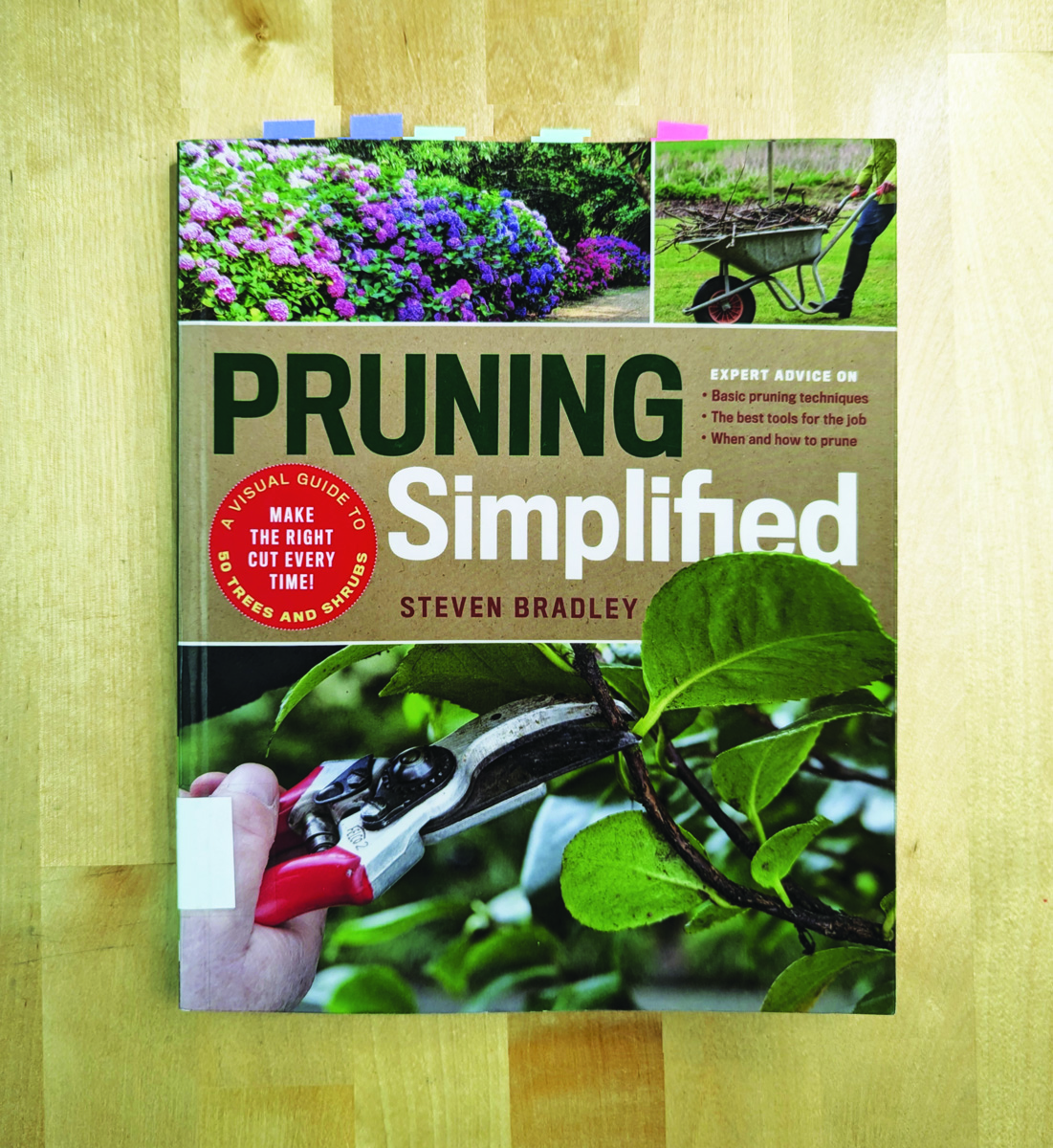
Pruning Simplified: A Step-by-Step Guide to 50 Popular Trees and Shrubs
Fine Gardening receives a commission for items purchased through links on this site, including Amazon Associates and other affiliate advertising programs.
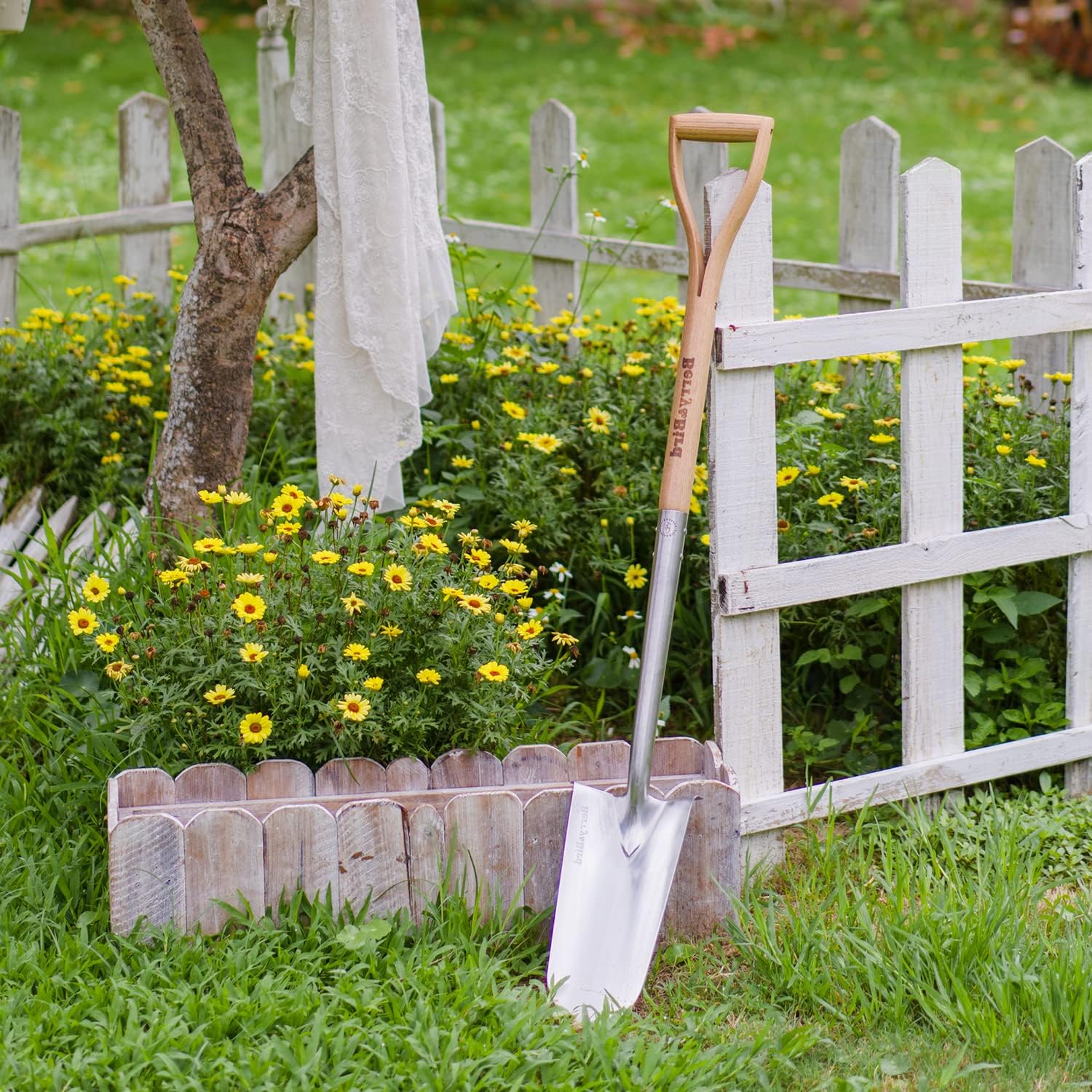
Berry & Bird Rabbiting Spade, Trenching Shovel
Fine Gardening receives a commission for items purchased through links on this site, including Amazon Associates and other affiliate advertising programs.

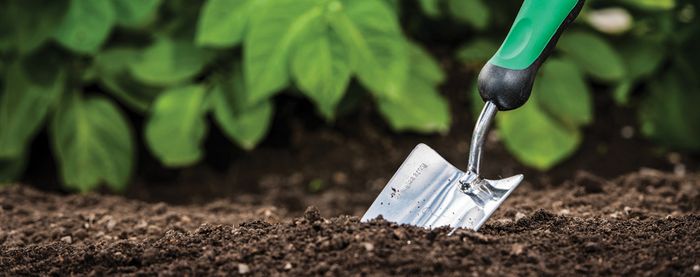









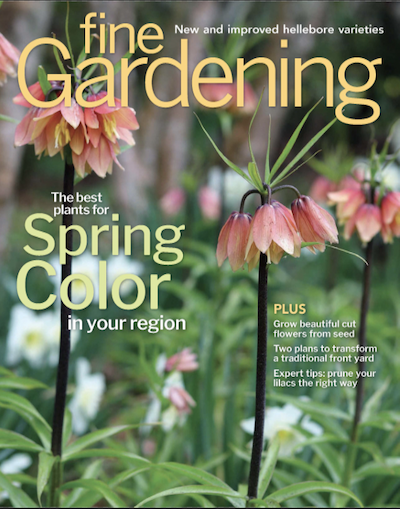


Comments
Log in or create an account to post a comment.
Sign up Log in